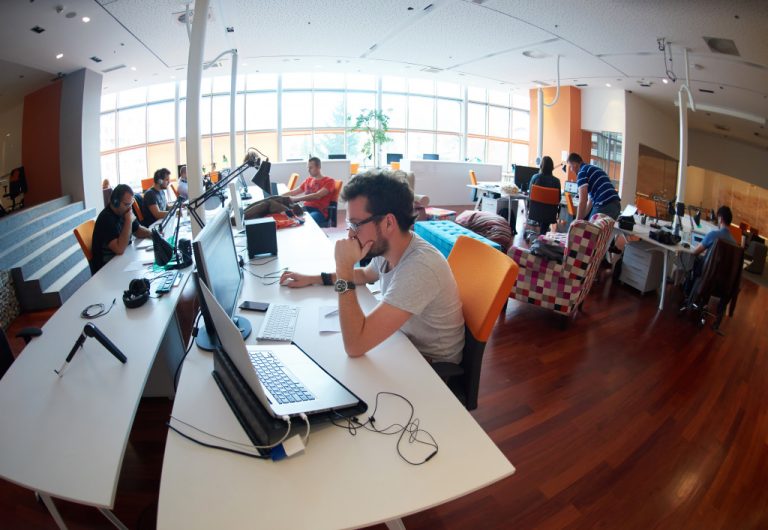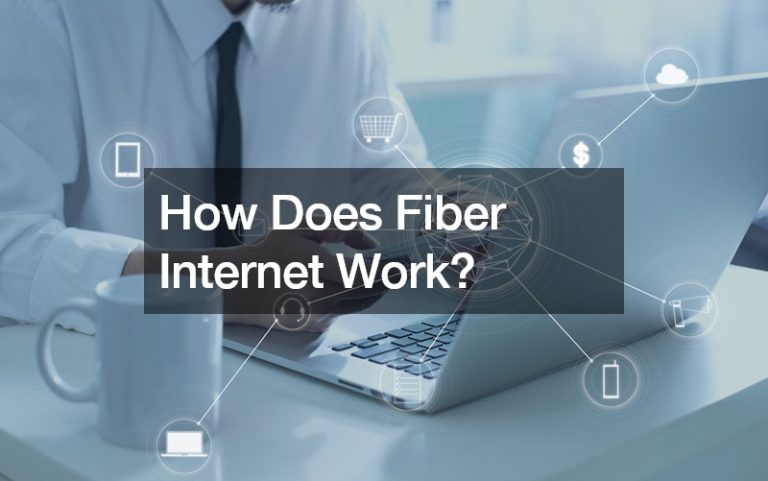Generally, the SARS-CoV-2, the virus that causes COVID-19, cannot get transmitted through food. Unless, of course, someone with the virus spits on your food before serving it to you. However, the adherence of the food industry to strict food safety protocols ensures that the food we eat is safe from the virus. But in a post-pandemic world, such assurances will come under scrutiny. How truly safe are we with the food we eat? How can we make sure of food safety in the new normal?
Thankfully, technology once more saves the day. With a range of systems, software, and equipment such as the ones you can purchase from companies like eLakeside, restaurants, markets, and groceries can assure their customers that the food they buy is safe from the virus. What more, diners can start going to their favorite restaurants again. These restaurants are using technology extensively in their contactless menus and hands-free condiment stations.
Contactless Menus
There are two ways that restaurants are going about with their contactless menus. The first one is to use a touchpad so diners can send their orders straight to the kitchen. The second one is to use voice-activated technology so there will be no need for the diners to touch anything except their utensils. This use of a contactless menu will also eliminate the need for diners to speak with the wait staff. Since most restaurants have to lay off their staff at the beginning of the lockdown, this works well for the management, too.
Recipe Viewers
The recipe viewer, used in the kitchen by chefs and sous chefs, is also a critical component in ensuring that the food is properly prepared. It will also avoid contamination. The recipe viewer can act as a training guide for new staff. Management can also program the recipe viewer to remind the kitchen staff to sanitize equipment, tools, and utensils, as well as to wear their face masks and shields.
Robotics
Robot chefs are nothing new in Japan, but they’re a novelty in many places outside the Land of the Rising Sun. The pandemic, however, will be forcing the restaurant and hospitality industry to try robotics and other forms of automation. For example, robots can flip hamburgers and prepare milkshakes. Their use will reduce the interaction between people and the food you consume.
Conveyor Belts
Born out of necessity and ingenuity, conveyor belt restaurants are now becoming popular again. The fact that it eliminates the need for face-to-face interactions is one of the upsides of the conveyor belt technology. Basically, a conveyor belt (akin to the airport’s luggage area) will run beside the diners’ tables. Plates of food will make their rounds; only this time they have to be covered. Diners can pick the food they want and pay for them on their way out. It is an ingenious method that the industry needs to revive.
Tracking Tools
Now more than ever, it is important to ensure the freshness of the ingredients. Restaurants have to be careful about storing excess inventory because consumers are more conscious already of the freshness of the food they eat. Tracking tools can help in ensuring that no food goes to waste or that if there is excess inventory, this will be moved to the front of the line for immediate consumption or will be disposed of properly.
The future is already bright for technology and its role in the restaurant, hospitality, and food safety business. But more than that, technology has helped industries and consumers globally with the pandemic that ravaged economies for the past 10 months. Is the new normal here? Who knows? But one thing is for sure and that is technology will play the most crucial of roles in fortifying the food industry’s defenses against the pandemic.













